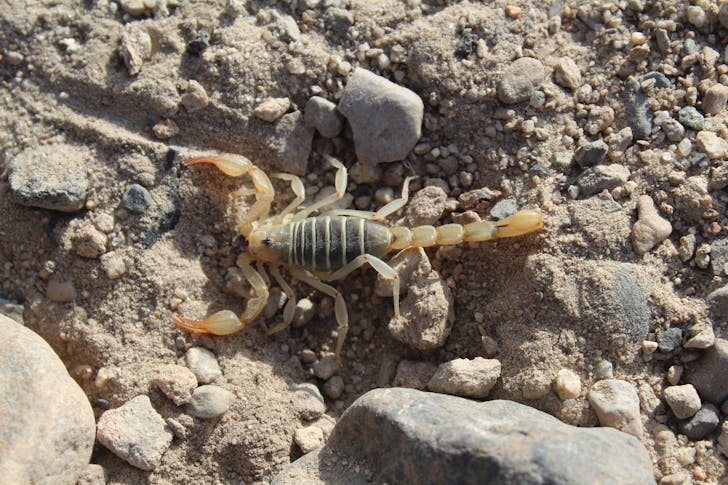Scorpions are not just desert creepers anymore. These venom-packed arachnids are showing up in places and seasons you would not expect. If you have noticed more of them lately, you are not alone. There is a real reason they are crawling closer to humans, and it has everything to do with rising temperatures and expanding cities.
Climate change is shaking up the natural world. Warmer weather, longer summers, and sudden rain patterns are giving scorpions exactly what they want. Moisture, heat, and food. This shift is pushing them out of their old homes and straight into ours.
In Brazil, the situation is getting out of control. From 2014 to 2023, scorpion sting reports jumped by a jaw-dropping 155%. Cities are now hotbeds for infestations, especially where trash piles up and sewer systems are outdated. These are the perfect hiding spots for a scorpion looking to stay cool and well-fed.
The real problem? The Brazilian yellow scorpion, Tityus serrulatus, is no joke. Its venom can be deadly, especially for kids and older adults. It reproduces without a mate, making it spread fast and easily. Hospitals are seeing more sting cases, and in some regions, it is becoming a full-blown public health crisis.

Pixabay / Pexels / Experts believe scorpion habitats are shifting for good. As the planet heats up, more species will move toward urban areas. Cities mean survival. There is warmth, shelter, and prey.
The U.S. Isn't Safe Either
But Brazil isn’t the only place feeling the sting. In Phoenix, Arizona, scorpions are crawling out of hiding earlier than usual in 2025. Why? Winter was warmer than it should have been. Arizona bark scorpions, the most venomous species in the U.S., are no longer staying dormant. They are active, alert, and slipping into homes.
They don’t need much of an invitation. These scorpions can flatten their bodies and squeeze through cracks as thin as a credit card. They are looking for water, shade, and food like crickets. Pest control companies are now getting more calls in months when, normally, scorpions would be sleeping.
Unfortunately, that also means more run-ins with people. If your city has been heating up, don’t be surprised if you start spotting scorpions too.
Some species are already marching into new areas. Take Tityus stigmurus for example. This Brazilian scorpion is expected to expand its range thanks to rising temperatures. These shifts happen fast, especially when urban planning doesn’t keep up with pest control and waste management.

Tingler / Pexels / If you are living in a known scorpion zone, make yard cleanups a regular habit.
How to Keep Scorpions Out
So, what can you do? Start with sealing up your home. Check for cracks near doors, windows, and baseboards. Use weather strips. Repair screens. Scorpions love sneaking into cool, dark spaces, especially when they sense moisture.
Outside, clear up anything they might use for shelter. Wood piles, stones, and even damp towels can become scorpion hotspots.
If you do get stung, don’t panic. Most scorpion stings in the U.S. cause pain, swelling, and some nausea. It is rarely life-threatening. But if symptoms get worse, like trouble breathing, a racing heart, or confusion, get medical help fast. Children and the elderly are more at risk, so treat every sting seriously.




